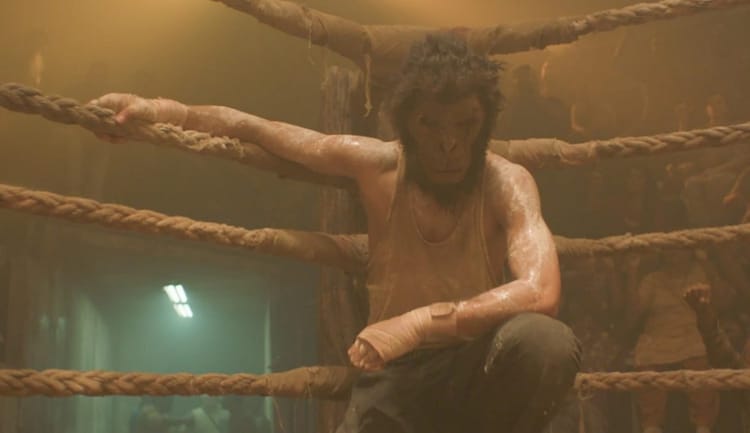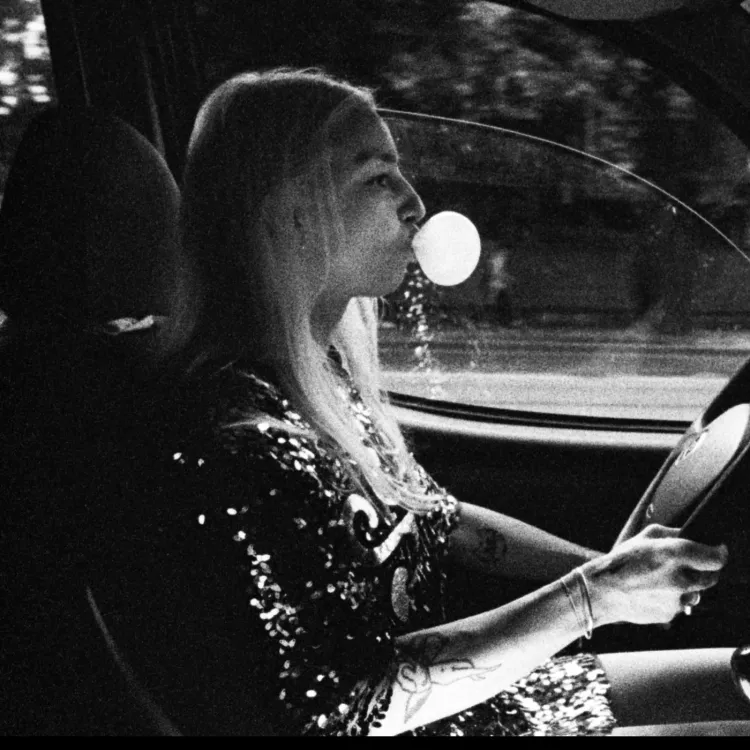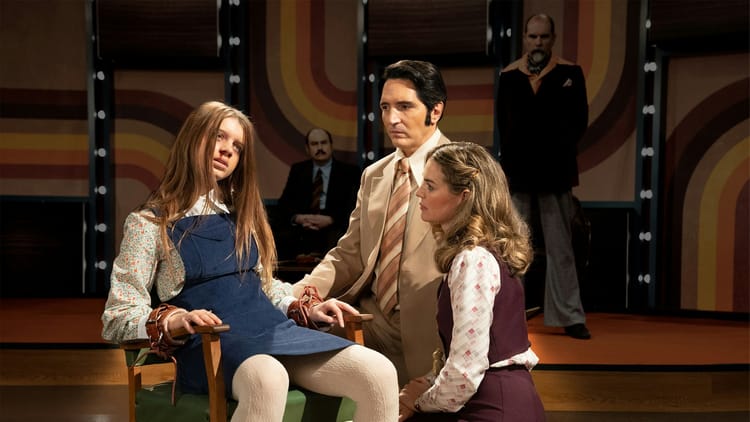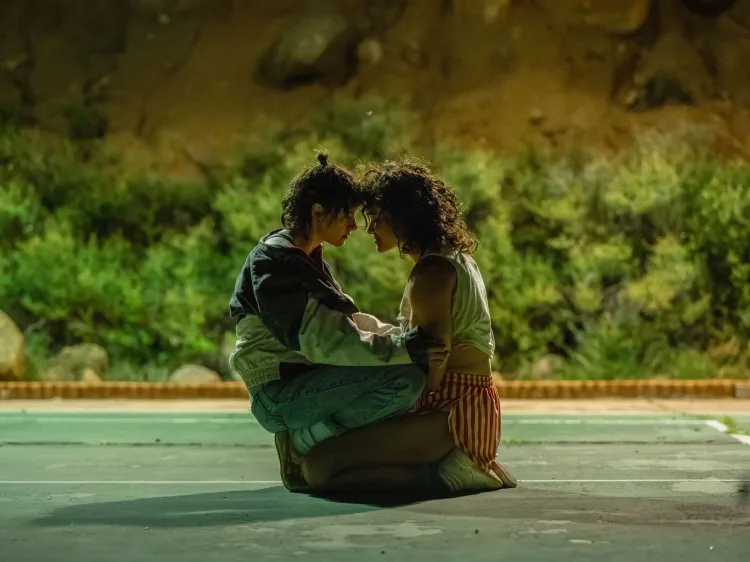Killers of the Flower Moon
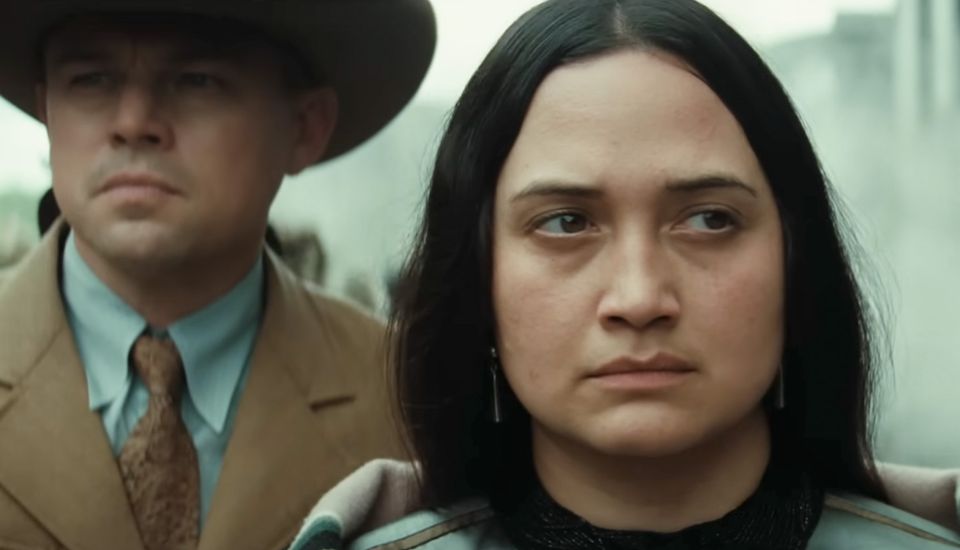
In "Killers of the Flower Moon," a film adaptation of the non-fiction book of the same name, Martin Scorsese stitches together a saga of misery, manipulation, and injustice. The film's structure and themes have it falling into the same family as Scorsese's other crime films, like "Goodfellas" or "The Wolf of Wall Street," where an unscrupulous, greedy man descends into a cesspool of immorality only to find his comeuppance at the bottom. Yet, "Killers of the Flower Moon" strikes a different chord than these other films as perhaps Scorsese's most insidious film yet, full of callousness, dehumanization, and conspiracy. Scorsese reminds us that despite being perhaps one of our most lauded living directors, he will not rest on his laurels. For "Killers of the Flower Moon" is not just a story about one man; it's a story about a whole family, a whole town, and a whole system, blinded by whiteness.
"Killers of the Flower Moon" follows the Osage Nation, a Native American people, blessed and cursed with bountiful amounts of oil on their land. Though ostensibly rich, many of them are restricted by court-appointed guardians, white men who decide how they can utilize their own money. And with all that wealth abound, many come searching for their chance to ride to the top. One such man is Ernest Burkhart, played by Leonardo DiCaprio, a veteran who saw no combat, who cannot stop telling anyone who will listen how much he loves money. He's come to work for his uncle, William Hale or as the town of Fairfax calls him, King, played by Robert De Niro. King advises Ernest to consider Mollie Kyle (Lily Gladstone) as a potential bride, which would guarantee Ernest a chance at inheriting the family's land. It's a simple enough story about greed and love, yet Scorsese layers it with schemes across all levels of Fairfax society. Doctors keep Osage Nation people unwell, guardians "civilize" the poor incompetent people, white men go from marriage to marriage, accumulating kids and head rights like plucking flowers from a field. And it's this precise layering that makes "Killers of the Flower Moon" so sinister: every aspect of this exploitation is completely legal. There is nothing untoward about what any of these men do to control the Osage Nation, not in the eyes of the law. While Jordan Belfort in "The Wolf of Wall Street" and Hank Hill of "Goodfellas" were committing actual crimes, the white men of Fairfax are pursuing wealth in (almost) entirely legal ways. Injustice does not happen on accident; it is by design.
Even when the men do commit outright crimes, they know they will get away scot-free. The Osage Nation is a nation occupied, whose ruling powers have engineered an entire legal, social, and financial system towards their ends. Men do evil, but the system allows, and almost encourages them, to do so. One character says, "it's easier to convict a man for kicking a dog than it is for killing an Indian." The civilized men see the Osage Nation more as trophies for inheritances or life insurance policies, than they see them as people. But Scorsese does not replicate this dynamic onscreen or relegate the Osage Nation to the marginalia. He places them front and center, constantly reminding us that though they are subject to unjust conditions, they are not subjects. Their culture and community persists, despite what has been taken from them and what is done to them. One of the film's most evocative sections spins us away from its literal reality and towards a more spiritual realm. It's a beautiful scene that reminds us that no matter how deep the roots of evil are, there are some aspects of the self that the civilized man cannot corrupt.
The film's layered storytelling is elevated by excellent performances from its entire cast. This is my favourite DiCaprio performance, one that does not rely on easy charisma and bravado, instead leaning into sliminess and emptiness. Ernest is a putrid man, but DiCaprio manages to capture the internal turmoil of him, caught between his love of his money and his wife. De Niro's performance as King is spectacular as the man behind the curtain, the orchestrator and architect of all things Fairfax. And like DiCaprio, De Niro injects a sense of genuine feeling into King, never letting him feel like an emotionless tycoon. King cares deeply, though his actions rarely line up with his words. And neither of their performances work without the inimitable Gladstone as Mollie Kyle. Gladstone's Mollie is both impenetrable and vulnerable. It's a dense psychological performance that constantly has us guessing what the character really feels, and how much she knows. Without Mollie, this is a bleak, painful film. But Gladstone makes her the beating heart, the place where all our sympathies lie.
The film's excellent casting makes Fairfax feel like a physical place the audience can step into. Characters re-appear, sometimes without saying a line at all, but merely to create the impression of a place lived in and exploited. An entire piece could be written about the side-characters of this film, but for now I'll have to settle for highlighting Jason Isbell as the solemn Bill Smith, William Belleau as the melancholic Henry Roan, and Ty Mitchell as the reluctant John Ramsey as actors who make the entire film come to life.
"Killers of the Flower Moon" marks the eleventh and final collaboration between Martin Scorsese and orchestrator and composer, Robbie Robertson, who passed away two months before the film's release. The duo have collaborated since 1978, with Robertson providing the music for many iconic Scorsese films like "Raging Bull," "Shutter Island," "Silence," and "The Wolf of Wall Street." And with this film, Robertson showed how music can elevate and tie together a saga as large as this one. A recurring motif of the film is a plodding drum, the low plucking of a guitar, and a guitar slide across electric strings. It beats like a heart across funerals, first meetings, and violent crimes alike. It's an insistent melody, one that never supplants the action onscreen but sits beneath it, an ever-running undercurrent of anxiety and inevitability. It's the soundtrack to Ernest's hunger, to Mollie's stoicism, Fairfax's manipulation, and the Osage Nation's perseverance. It's a reminder of what Ernest's greed and King's machinations sit upon. It's the symbol of a system that keeps on killing, as long as the oil keeps flowing.
---
DISCLOSURE: I saw "Killers of the Flower Moon" twice, in a very uneven manner: my first screening cut out before the final act. Though incredibly frustrating to carve out another three and a half hours, the second viewing of the film's first half cemented it for me as one of the best movies this year.
